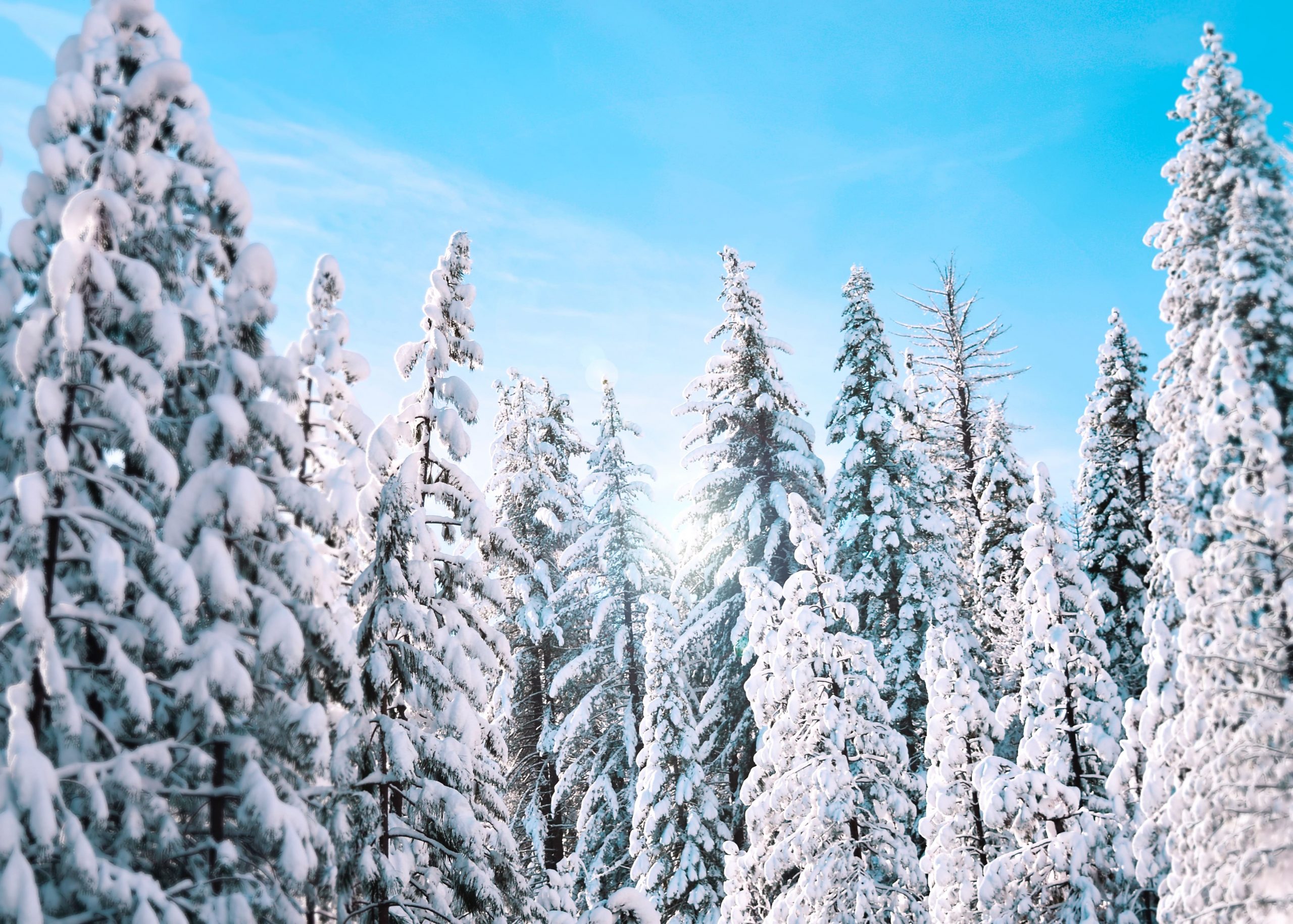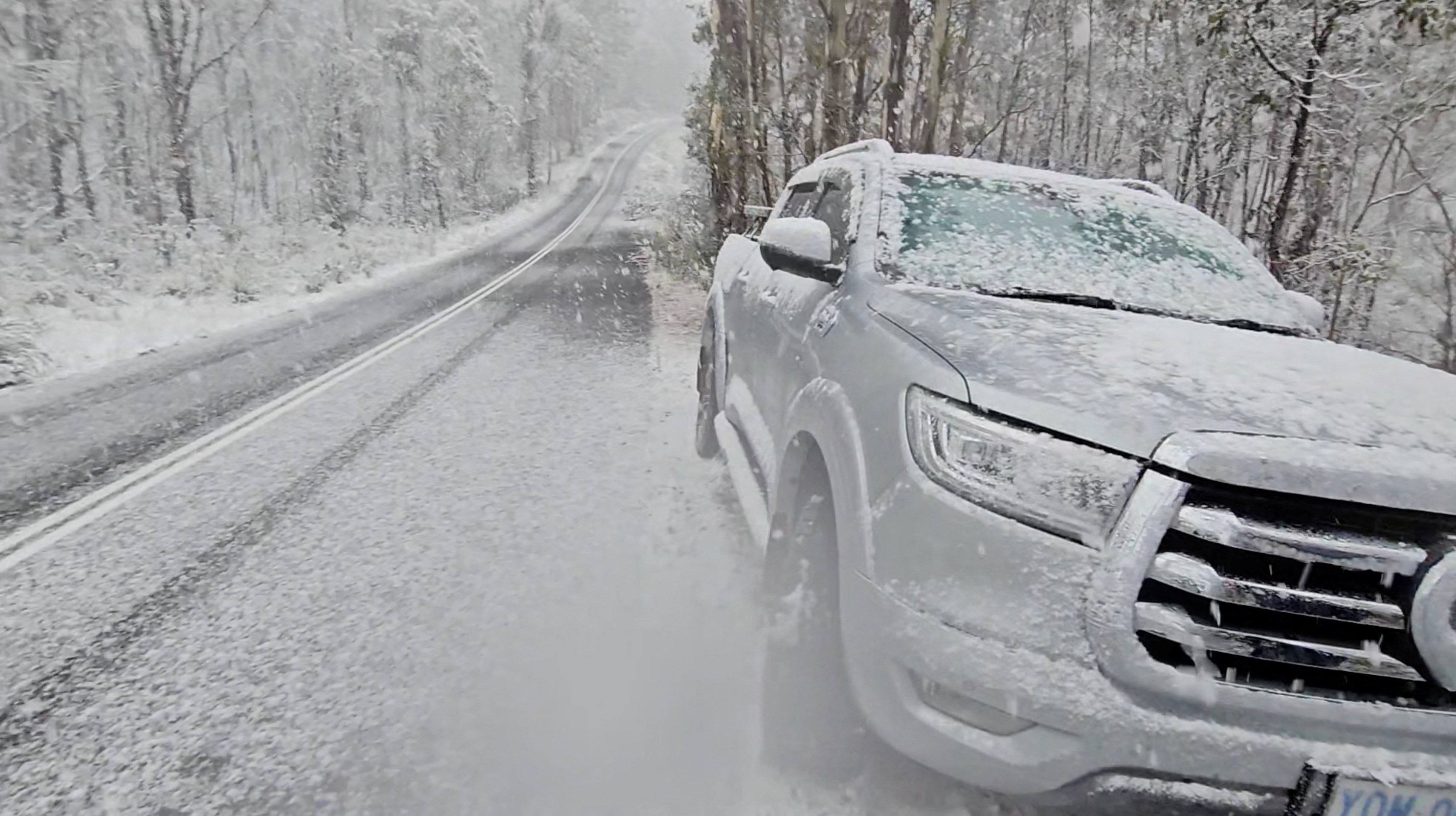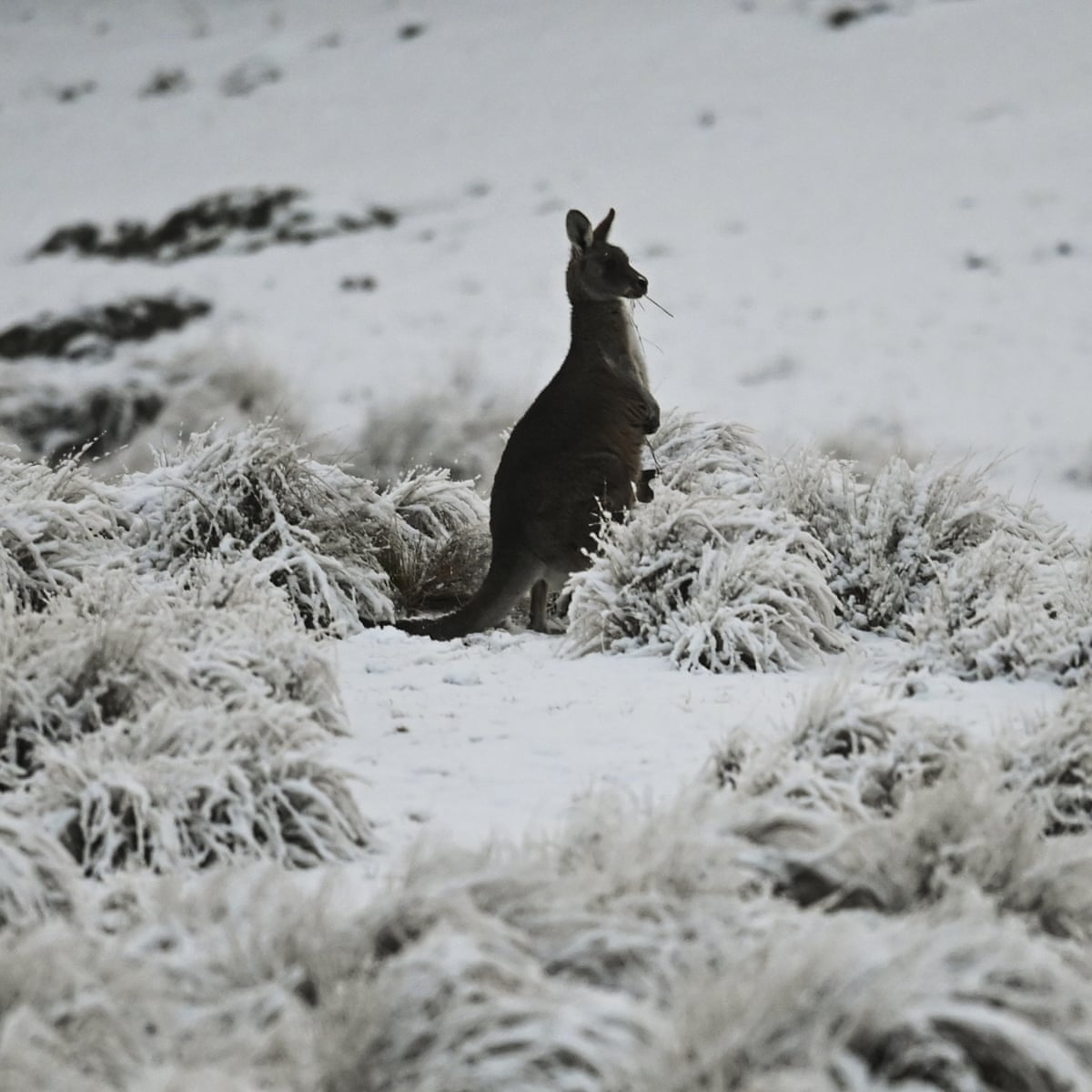Organize Your Winter Escape to Experience Snow In Australia with Loved Ones
Organize Your Winter Escape to Experience Snow In Australia with Loved Ones
Blog Article
Discover the Interesting Impacts of Snow in Australia on Local Environments
In spite of its reputation for sun-soaked landscapes, Australia likewise boasts areas buried by snow-- a phenomenon that greatly influences the nation's unique ecological communities. The protecting residential properties of snowflakes protect flora and fauna in the middle of the coldest winters, while the melting snow nurtures rivers and marine life. The real marvel lies in how these chilly problems shape the nation's biodiversity and nutrient cycles. As we unravel this elaborate connection, we find ourselves treading on uncharted grounds in Australia's high nation.
The Unanticipated Regions of Snowfall in Australia
The high nation areas of New South Wales, Victoria, and Tasmania are particularly understood for their winter snow. The Snowy Hills in NSW, for instance, get abundant seasonal snow, supplying a stark comparison to the nation's regular warm, dry environment. The visibility of snow in these regions considerably influences regional communities, consequently affecting the nation's one-of-a-kind biodiversity.

How Snow Impacts Australia's One-of-a-kind Flora
These plants have actually progressed to survive in severe problems, with snow offering as a protective blanket from freezing temperature levels and extreme winds. The snow also adds to the dampness content of the dirt, providing necessary hydration for plant life during the completely dry summer months. In essence, the snow affects the timing of blooming and seed dispersal, the growth prices, and the survival of many plant varieties, showcasing the complex interaction between climate and plants in Australia.

The Adaptations of Australian Animal to Snowfall
Simply as Australia's vegetation has adjusted to the wintery conditions, the neighborhood animals as well, exhibit impressive adjustments to the snowfall. Types like the Mountain Pygmy-possum, the only Australian marsupial understood to hibernate, have developed methods to survive in snowy atmospheres. It utilizes the snow as insulation, hibernating in rock crevices beneath the snow to remain warm. In a similar way, the Snow Skink, a varieties of reptile, changes its colour to white during wintertime, offering camouflage against predators. Birds such as the Snowy Mountains' Crimson Rosella additionally adjust their diet regimens to take in readily available food sources throughout chillier durations. Therefore, in spite of the severe conditions, Australian fauna demonstrates a durable and adaptive nature, guaranteeing their survival in regions experiencing snowfall.
The Role of Snow fit Neighborhood Communities
Fit the local ecological communities, the role of snow in Australia is both profound and multilayered. It affects the his comment is here distribution of vegetation and animals, greatly specifying the biodiversity of alpine and sub-alpine areas. Snow offers an important water resource, feeding rivers and reservoirs as it melts, thus supporting a range of aquatic life types. In addition, snow serves as an insulator, shielding ground-dwelling organisms from extreme cold. It plays a significant duty in soil development and nutrient cycling. The periodic freezing and thawing of dirt generated by snowfall promotes the breakdown of rocks, enhancing soil fertility. Subsequently, the existence of snow forms the vegetation patterns, animal actions, and total sustainability of Australia's special communities. Does Australia Get Snow.

The Future of Snowfall in Australia: Effects and forecasts

Provided the vital role snow plays fit neighborhood environments, the future of snowfall in Australia is drawing enhancing focus from environmentalists and researchers. Existing climate designs predict a substantial reduction in snowfall due to international warming, with potentially profound influence on local communities. Much less snow might result in lowered water schedule in alpine regions, negatively impacting wild animals environments and plant life. It might modify the timing article source of seasonal modifications, disrupting the life cycles of lots of indigenous species. The tourism sector, greatly reliant on the winter months snow season, may additionally face substantial challenges. Therefore, recognizing these predictions and their ramifications is vital to establish efficient conservation methods, making certain the conservation of Australia's distinct biodiversity and the sustainability of its economy.
Conclusion
The duty of snow in Australia's communities is critical yet usually ignored. It functions as a protector, a nurturer, and a shaper of varied towering types, adding to the richness of Australia's high nation. As climatic patterns proceed to shift, comprehending the implications and potential makeovers of these snow-influenced communities is essential. Therefore, the snow in Australia is greater than a natural spectacle; it's a vital player in the nation's ecological story.
Regardless of why not try this out its credibility for sun-soaked landscapes, Australia likewise flaunts areas blanketed by snow-- a phenomenon that greatly influences the nation's unique ecosystems. It uses the snow as insulation, hibernating in rock holes underneath the snow to stay cozy - Does Australia Get Snow.In forming the neighborhood ecosystems, the duty of snow in Australia is both extensive and multilayered. The visibility of snow forms the plants patterns, pet behavior, and general sustainability of Australia's distinct communities
Provided the crucial duty snow plays in forming local environments, the future of snowfall in Australia is drawing boosting interest from scientists and environmentalists.
Report this page